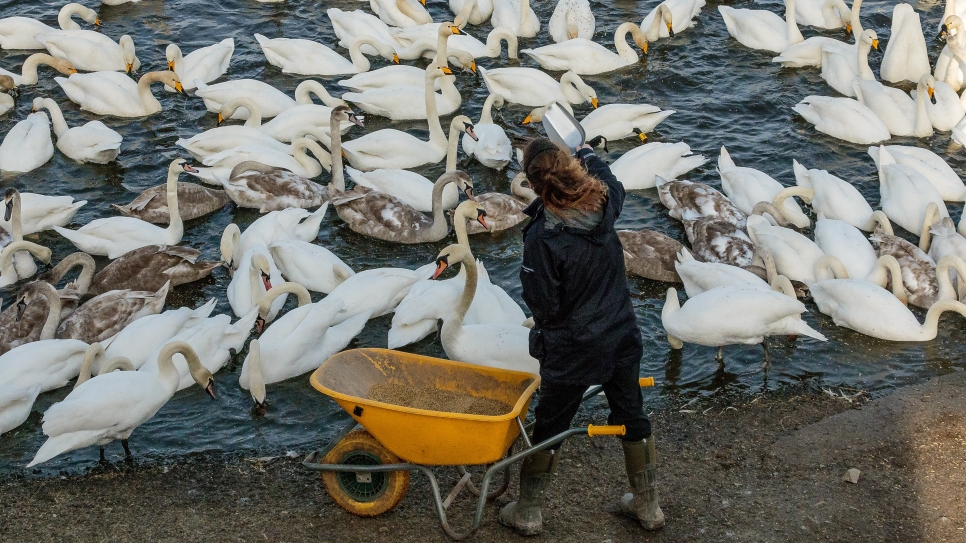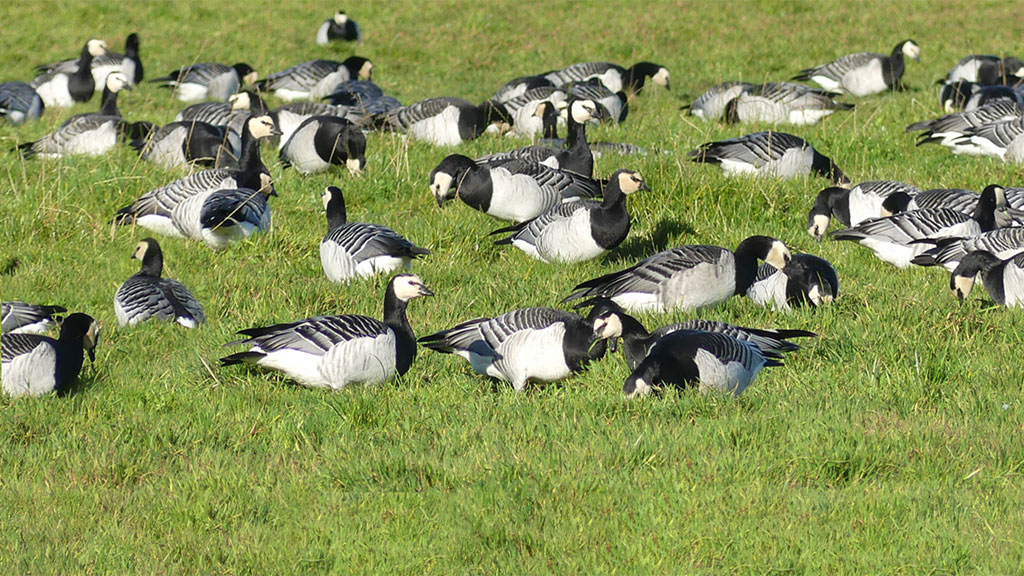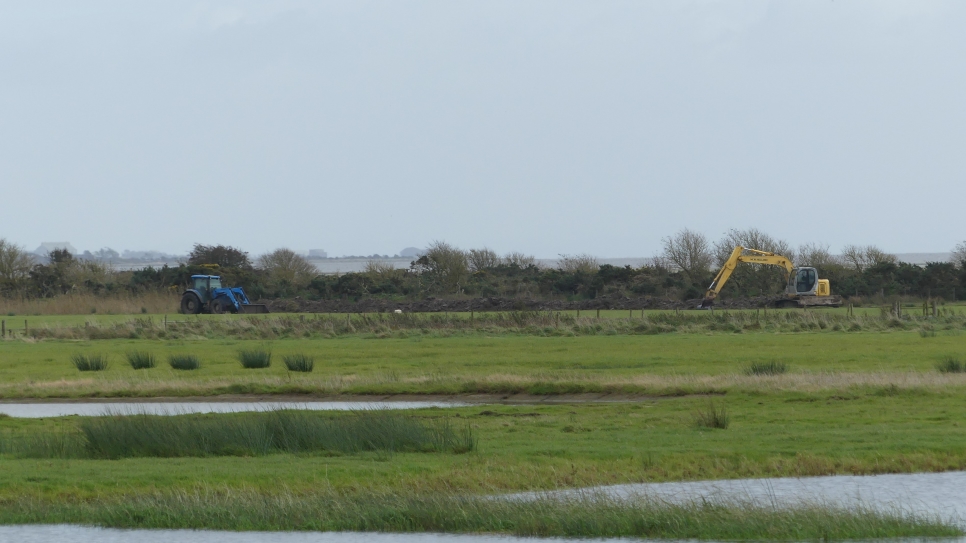Pond dipping at WWT Caerlaverock
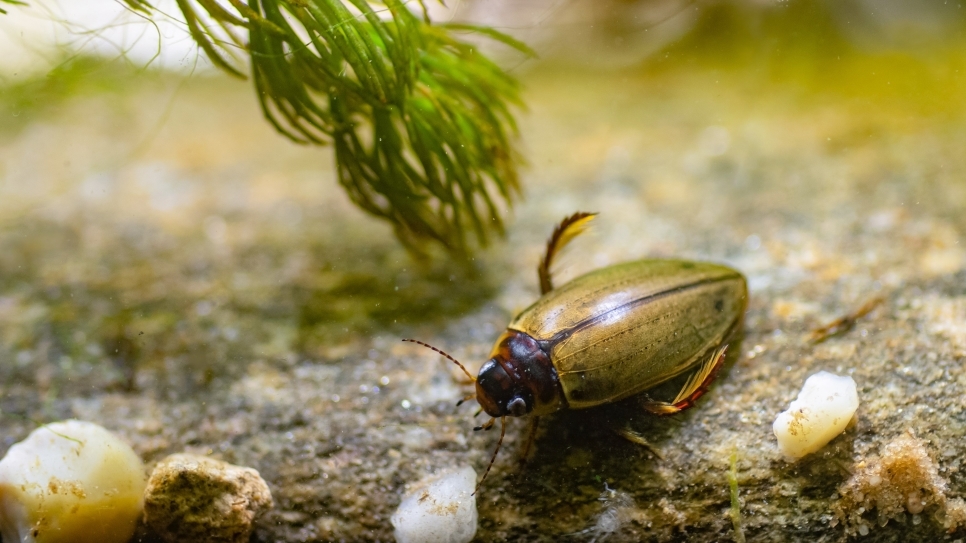
We are now well into our pond dipping season at WWT Caerlaverock and freshwater invertebrates are being seen in abundance. Pond dipping is a great hands-on activity that provides a fun and interactive way of learning about nature and the creatures living in our ponds. On site, we have a self-led pond dipping station in the courtyard for visitors to enjoy and fully immerse themselves in the nature of our wetlands.
To pond dip, you will need a container that can hold water, like a tray (white helps you see things more clearly), a net, a spoon, and a magnifying glass if you would like to get a closer look. Identification guides are also a handy tool in helping you figure out what it is exactly you are looking at. We have all this at the station.
Before taking anything out of the pond, make sure to fill the container about halfway with some pond water so as the creatures have somewhere to swim. Gently swoop your net in the pond, making sure to reach down to the bottom and in some of the pondweeds/vegetation where some invertebrates will be hiding, as well as skimming along the surface for those that like to stay on top.
 Pond dipping at WWT Caerlaverock
Pond dipping at WWT Caerlaverock
It may not look a lot at first, but by being patient and waiting you start to see the life in the water move around. The water boatmen and skaters that float on the surface are generally the first to be spotted. You might also see some of the water boatmen larvae swimming under the water too, which have a similar shape but are much smaller in size. Some of these invertebrates may look slightly ‘alien’, like the dragonfly larvae with their longer bodies, many legs, and pincers. Small freshwater snails generally stick to the bottom of the tray, their heads emerging slightly from their casing after a moment of stillness. Diving beetles dart around the tray and can grow to around 3cm long. Be careful putting your fingers near them though, they can bite! By using a magnifying glass, you can see key features on these invertebrates more easily, which can be a huge help when identifying them.
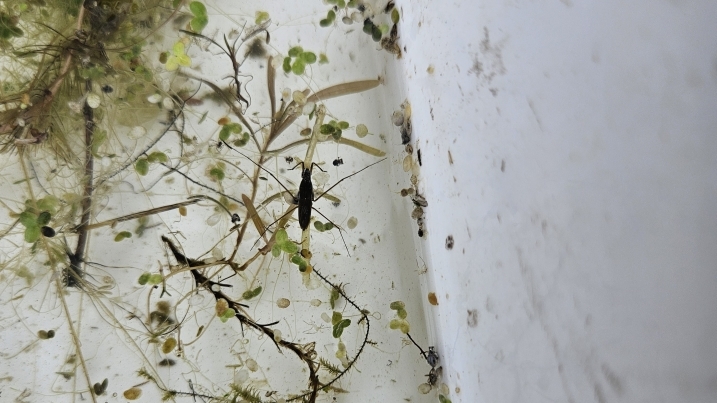 Pond skater
Pond skater
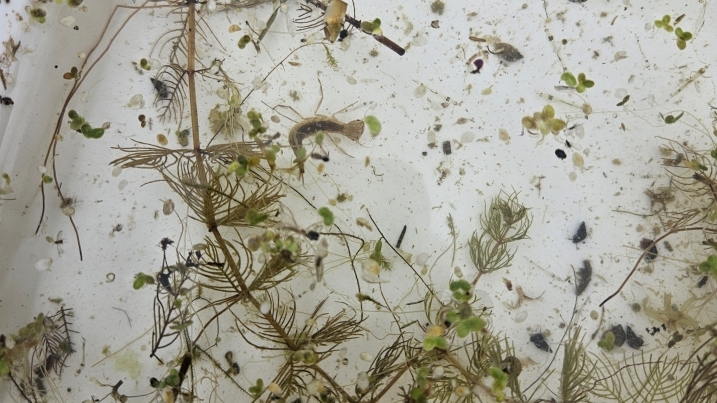 Diving beetle larva
Diving beetle larva
Once you’re done looking at all the invertebrates you’ve collected, it is important to carefully return them back to the pond, making sure none of them are left behind. By putting them in the same pond and cleaning the trays after, we minimise the risk of spreading invasive species and help to keep pond dipping practices biosecure.
As well as being a fun activity for children and adults alike, pond dipping is an important tool for conservation - it lets us know what species we have in our wetland areas.
Words by Rebekah Allison
Pictures by Rebekah Allison and Jack Perks
